The history of the presidential pardon, explained
Presidential pardons are a unique aspect of American governance, offering a second chance to those convicted of federal crimes. The power to pardon is as old as the presidency itself, rooted in the belief that justice should sometimes yield to mercy.
Throughout history, this authority has been wielded with varying degrees of frequency and controversy, reflecting the evolving values of society. From the earliest days of the republic to the modern era, pardons have sparked both debate and relief.
The Constitutional Basis for Presidential Pardons

The authority for presidential pardons is outlined in Article II, Section 2 of the U.S. Constitution. This section grants the president the power to grant reprieves and pardons for offenses against the United States, except in cases of impeachment.
This power is meant to serve as a check on the judicial system and to provide flexibility in the administration of justice. The framers of the Constitution believed it was essential for the president to have the ability to show mercy when deemed appropriate.
The First Presidential Pardon: George Washington’s Precedent
![[redacted], Portrait](https://media.tellmebest.com/wp-content/uploads/2020/10/507014168-89486.jpg)
George Washington set the first presidential pardon precedent in 1795 when he pardoned participants of the Whiskey Rebellion. The rebellion was a tax protest in Pennsylvania, and Washington believed that leniency would help heal the nation’s divisions.
By exercising this power, he established an important precedent for future presidents, showing that pardons could be used to promote national unity and reconciliation. Washington’s decision demonstrated the potential of pardons as a tool for maintaining peace.
Presidential Pardons in the 19th Century: A Growing Tradition
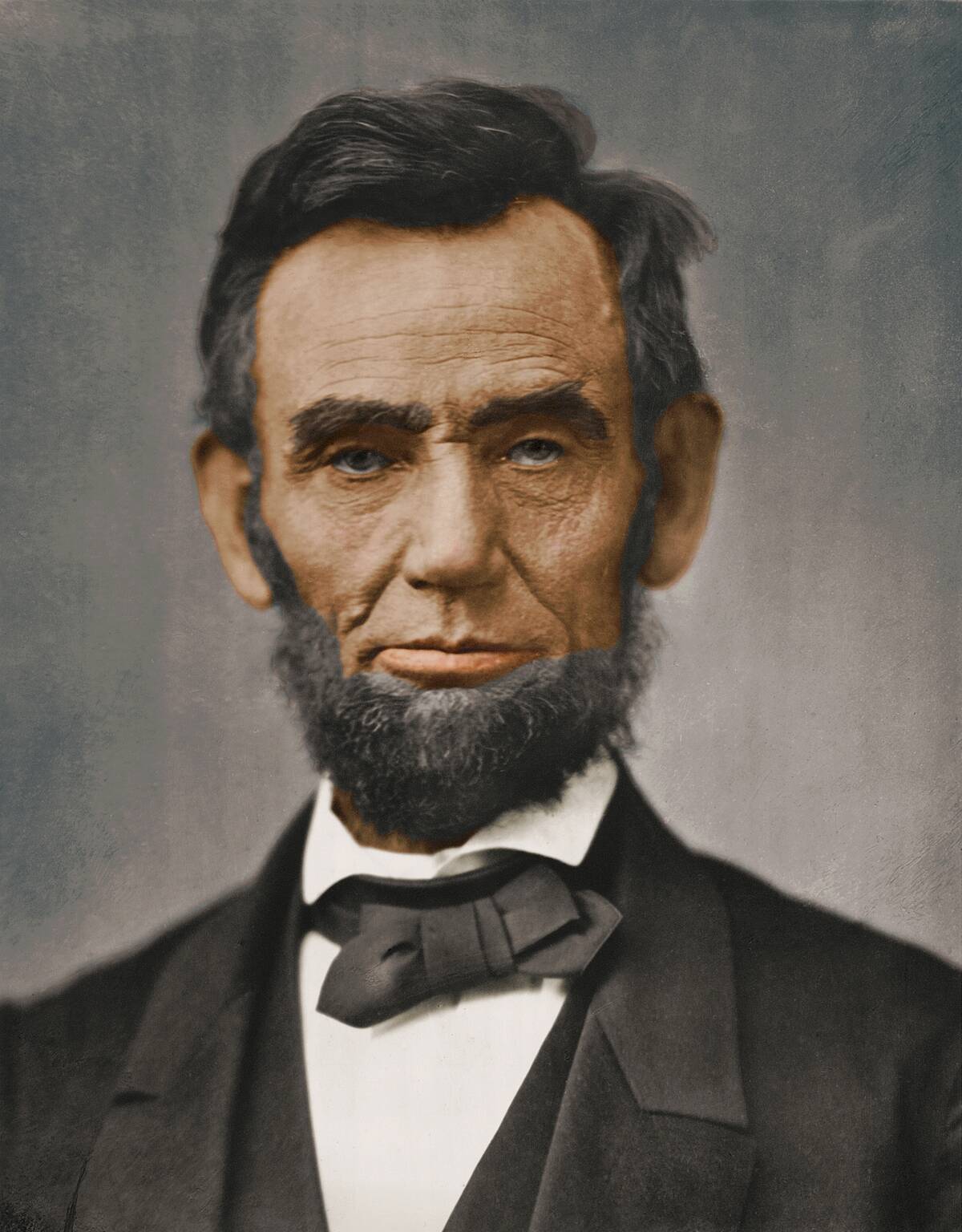
In the 19th century, presidential pardons became a more established tradition, reflecting the growing complexities of the nation. Presidents like Andrew Jackson and Abraham Lincoln used pardons to address political and social issues of their time.
Jackson pardoned individuals involved in various political conflicts, while Lincoln famously pardoned hundreds of Confederate soldiers to foster post-war peace. These decisions underscored the role of pardons in addressing national crises and promoting reconciliation.
Notable Pardons in the Civil War Era

During the Civil War era, presidential pardons were often seen as a means to heal a fractured nation. Abraham Lincoln’s use of pardons was notable, as he offered amnesty to Confederate soldiers who swore allegiance to the Union.
This act of forgiveness was intended to speed the nation’s recovery from the war and lay the groundwork for Reconstruction. Lincoln’s approach highlighted the potential of pardons to bridge deep societal divides and restore national unity in times of crisis.
The Role of Pardons in the Reconstruction Period
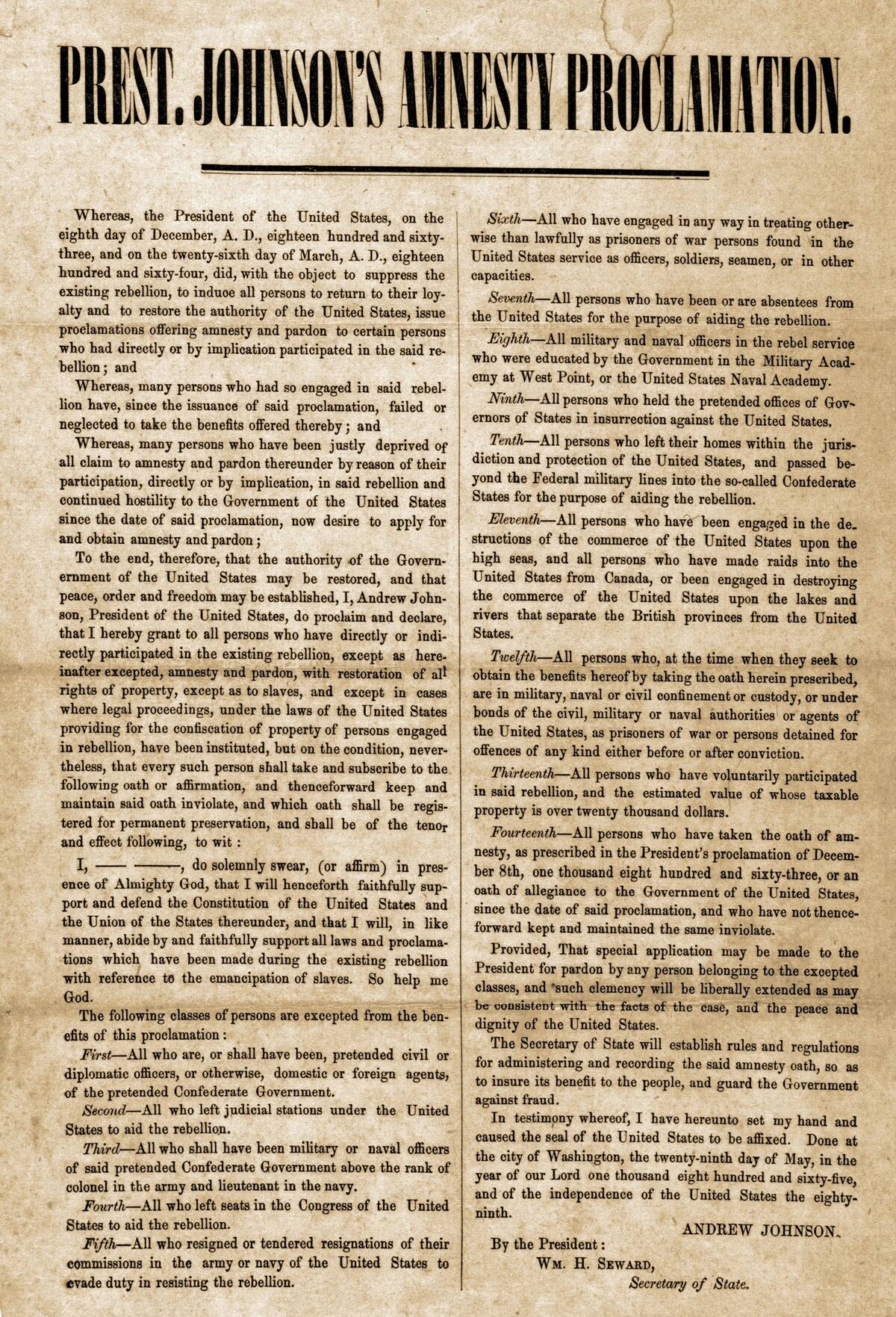
The Reconstruction period saw the strategic use of pardons to reintegrate the Southern states into the Union. President Andrew Johnson issued a blanket pardon in 1868 to most former Confederates, seeking to restore their political rights.
This move was controversial, as it was perceived by some as undermining efforts to secure rights for newly freed slaves. Nevertheless, pardons during Reconstruction were seen as a necessary step towards national healing, even as they sparked debates over justice and equality.
20th Century Pardons: Political Controversies and Milestones

The 20th century brought numerous political controversies involving presidential pardons. One notable instance was President Gerald Ford’s pardon of Richard Nixon following the Watergate scandal, which remains a topic of debate today.
This pardon was intended to help the nation move forward, but it also raised questions about accountability. Throughout the century, pardons were often used in politically charged situations, reflecting broader societal tensions and the complex nature of justice in a rapidly changing world.
The Pardon Power During the Prohibition Era

The Prohibition Era, spanning from 1920 to 1933, saw a significant use of presidential pardons. Many individuals were convicted under the Volstead Act for alcohol-related offenses, leading to overcrowded prisons. Presidents Warren G. Harding and Calvin Coolidge issued numerous pardons to alleviate this burden.
These pardons highlighted the tension between federal law and public opinion, as many Americans opposed Prohibition. The era underscored the president’s role in addressing the consequences of controversial legislation through clemency.
Modern Presidential Pardons: A Look at Recent History
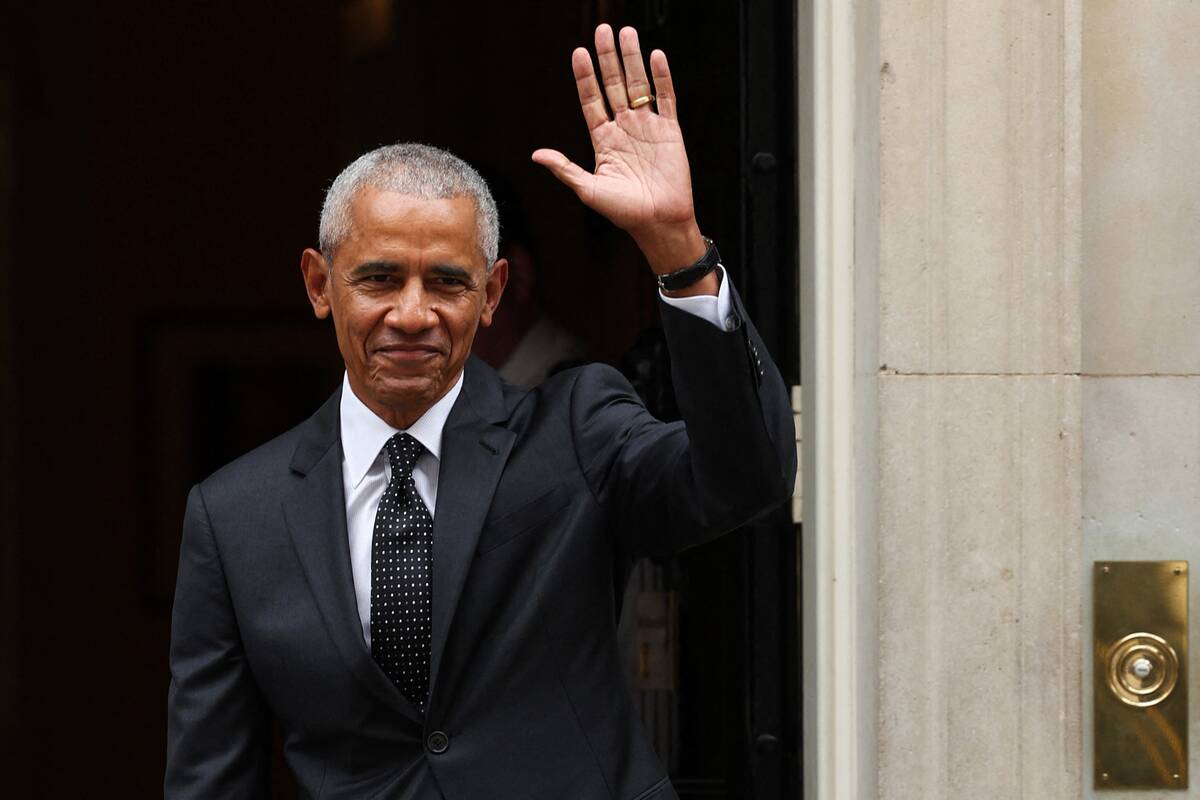
In recent history, presidential pardons have continued to be a subject of public interest and debate. Presidents have used pardons to address various issues, from drug-related offenses to military service. For example, President Barack Obama granted clemency to over 1,700 individuals, focusing on non-violent drug offenders.
This reflected a shift towards addressing systemic issues within the criminal justice system. Modern pardons often highlight ongoing societal challenges and the evolving nature of justice in contemporary America.
The Process Behind Granting a Presidential Pardon

The process of granting a presidential pardon involves several steps and careful consideration. Typically, applications are reviewed by the Office of the Pardon Attorney, which makes recommendations to the president. Factors considered include the nature of the offense, the applicant’s behavior since conviction, and the impact of the pardon.
Ultimately, the decision rests with the president, who may choose to follow or disregard the recommendations. This process underscores the weighty responsibility and discretion involved in granting clemency.
Famous Controversial Pardons: Debates and Public Reactions

Throughout history, some presidential pardons have sparked intense public debates and mixed reactions. For instance, President Bill Clinton’s pardon of financier Marc Rich on his last day in office drew significant scrutiny. Rich had been indicted on charges of tax evasion and illegal trading.
Critics argued that the pardon was influenced by political donations, while supporters claimed it was a gesture of mercy. Such controversies highlight the complex interplay between politics, justice, and public perception in the realm of presidential pardons.
Clemency vs. Pardons: Understanding the Differences
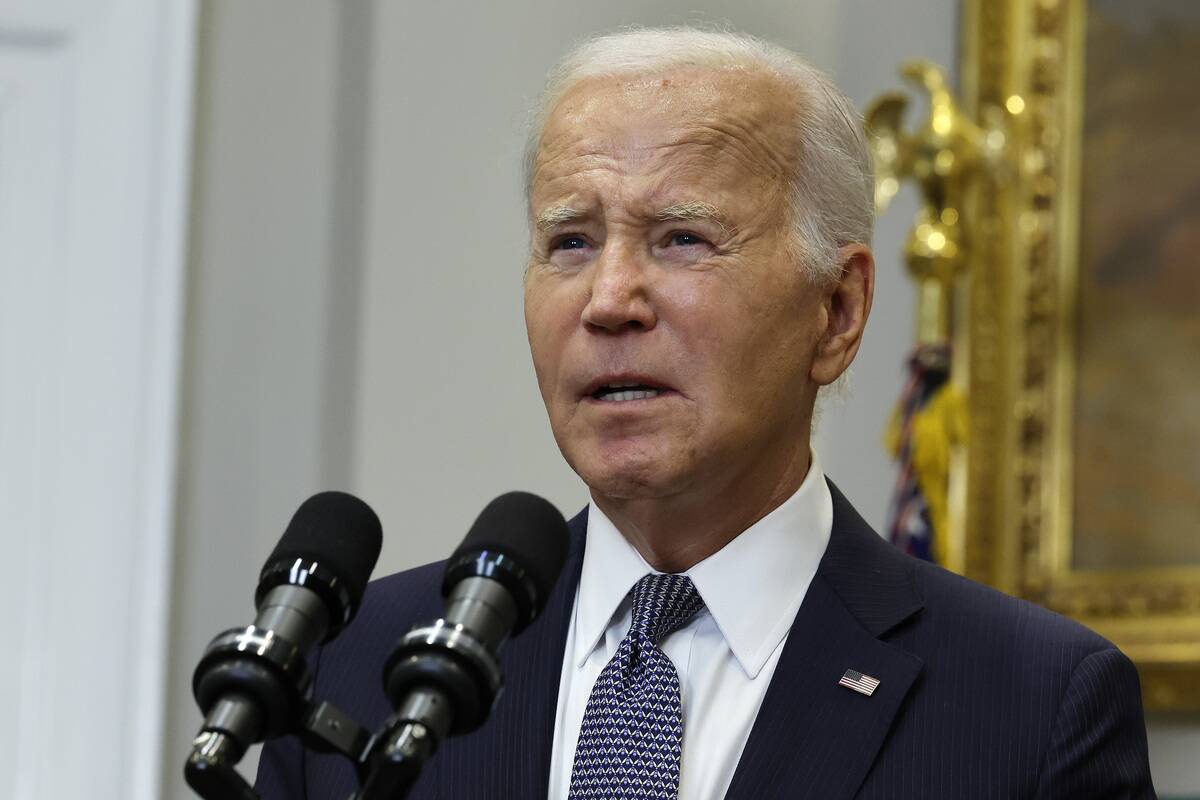
Clemency and pardons are related but distinct concepts in the realm of executive forgiveness. A pardon is an official act that forgives a crime and nullifies its legal consequences. Clemency, on the other hand, is a broader term that includes various forms of leniency, such as commutations and reprieves.
Commutations reduce the severity of a sentence without nullifying the conviction, while reprieves temporarily delay punishment. Understanding these differences is crucial for comprehending how presidential mercy is applied in different contexts.
Presidential Pardon Statistics: Trends Over the Decades
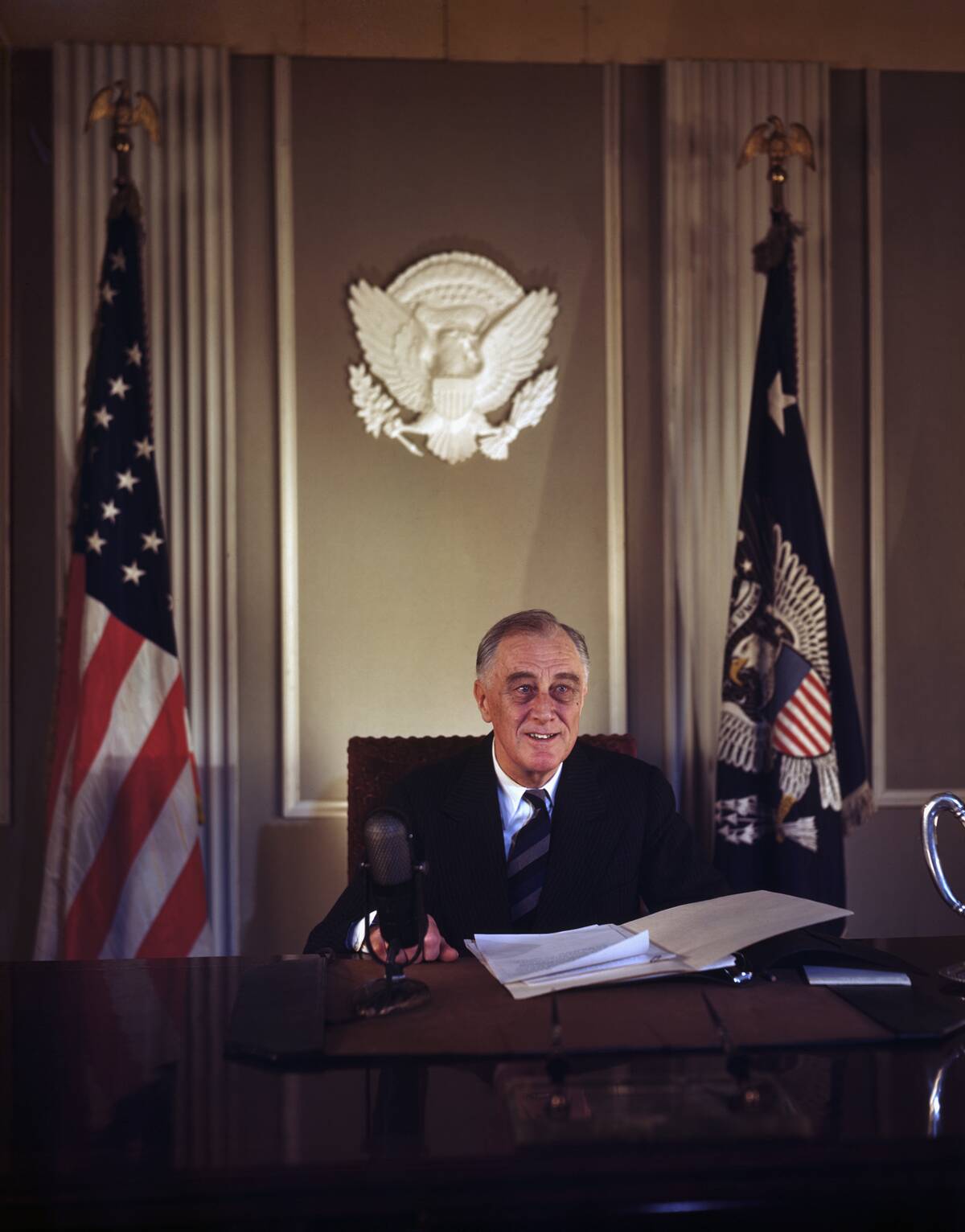
Presidential pardon statistics reveal interesting trends over the decades. Historically, the number of pardons granted has varied significantly between administrations. Presidents like Franklin D. Roosevelt granted over 2,819 pardons and additional clemency, while others, like George W. Bush, issued fewer than 200.
These variations reflect differing philosophies and approaches to justice. In recent years, there has been a focus on clemency for non-violent drug offenders, highlighting a shift in priorities towards addressing systemic issues within the criminal justice system.
The Impact of Pardons on Society and Law
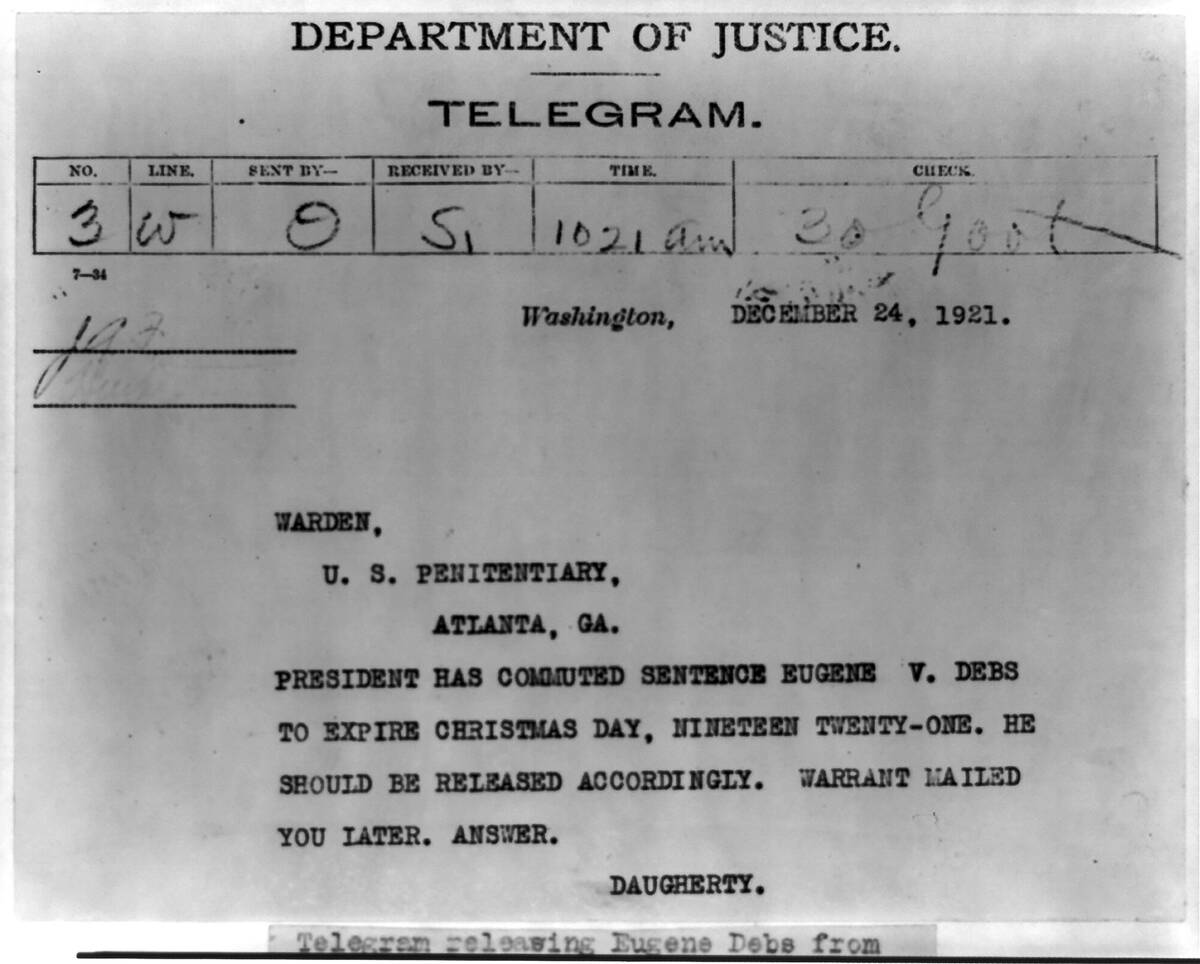
The impact of presidential pardons on society and law can be profound. Pardons can correct past injustices, provide relief to those unfairly punished, and signal shifts in societal values. They also serve as a check on the judicial system, offering a means to address cases where the law may have been applied too harshly.
However, pardons can also provoke controversy and debate, particularly when perceived as politically motivated. The dual nature of pardons reflects their complex role in balancing justice and mercy.
The Future of Presidential Pardons: Speculations and Predictions
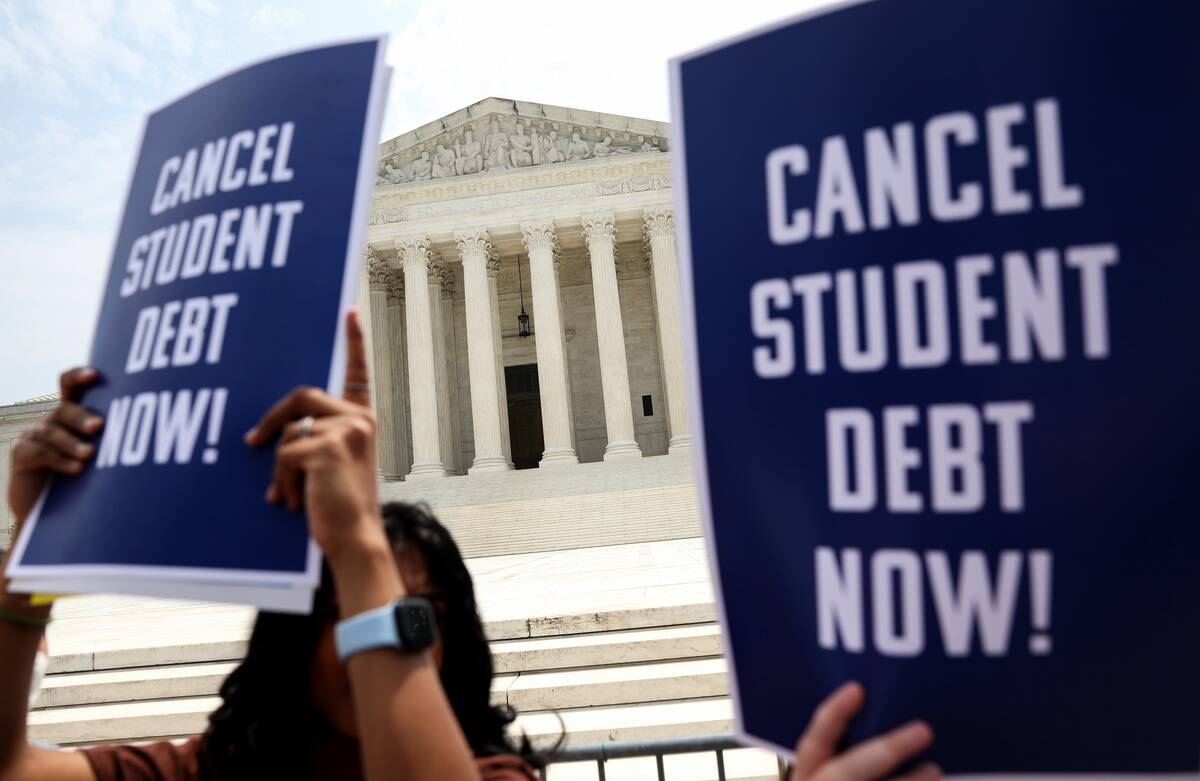
The future of presidential pardons is a topic of speculation and debate. As societal values continue to evolve, so too may the criteria and frequency of pardons. Some experts predict an increased focus on restorative justice and addressing systemic inequalities within the criminal justice system.
Others foresee continued controversies, particularly in politically charged cases. Regardless of the direction, presidential pardons will likely remain a vital tool for addressing injustices and reflecting the nation’s changing attitudes towards crime and punishment.



